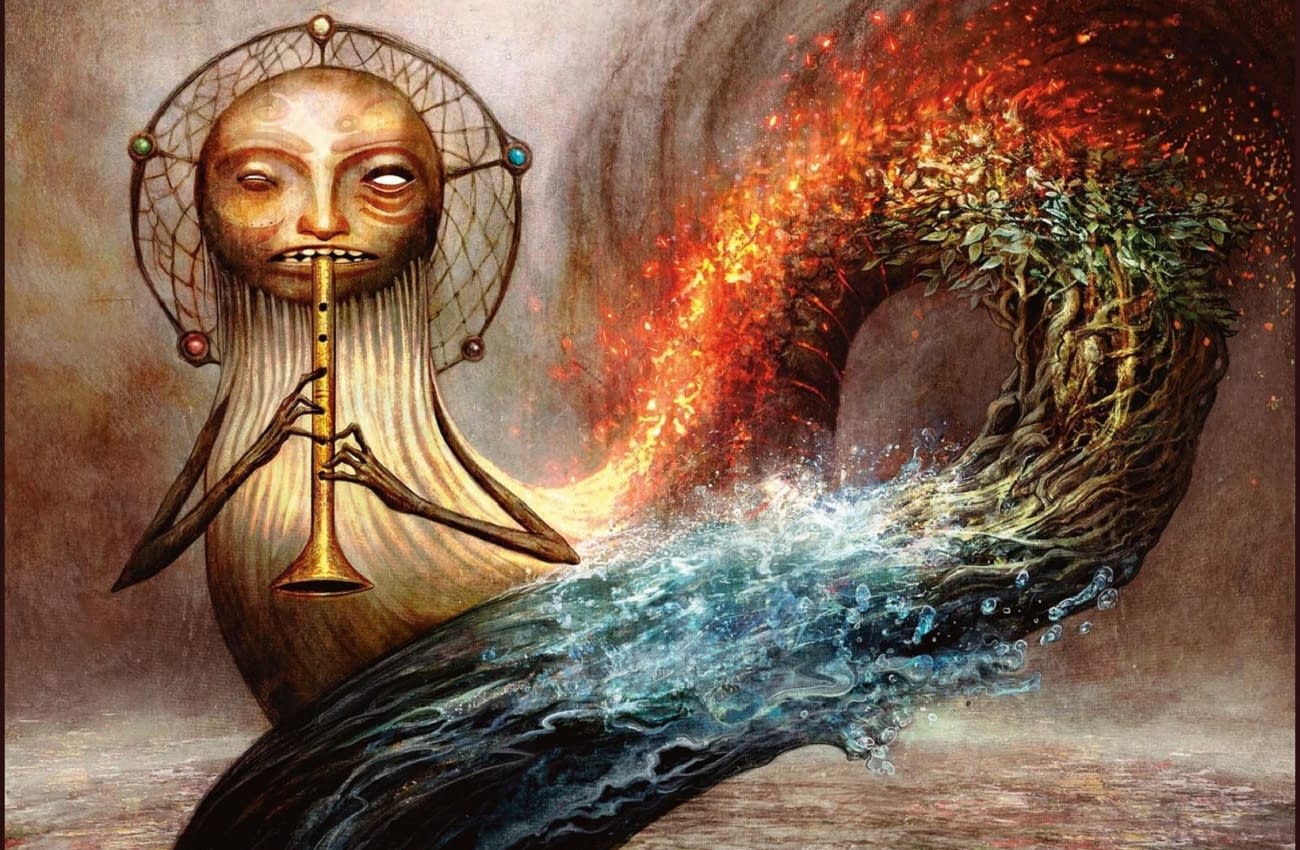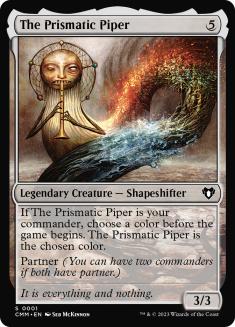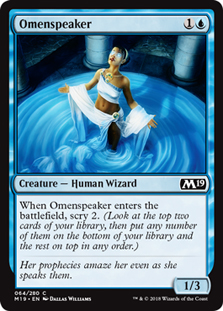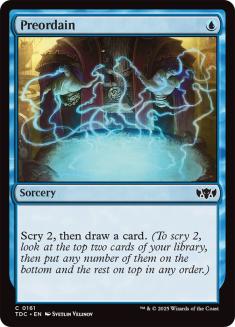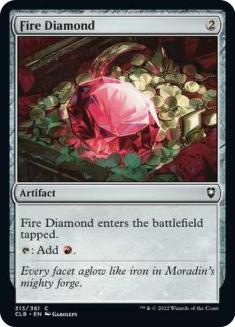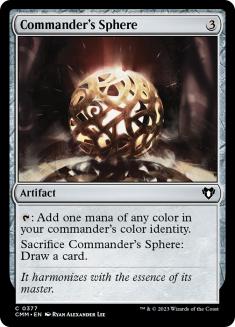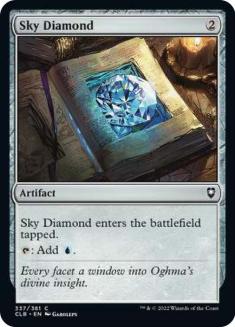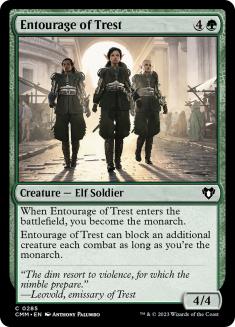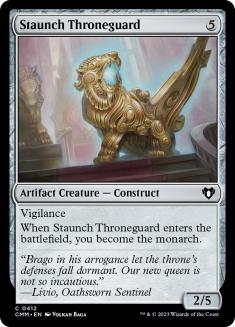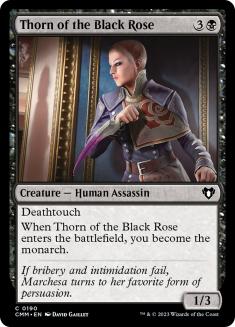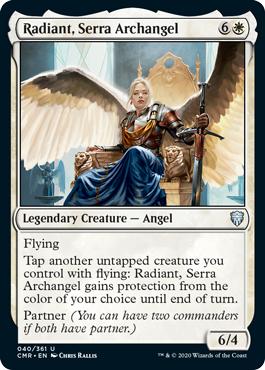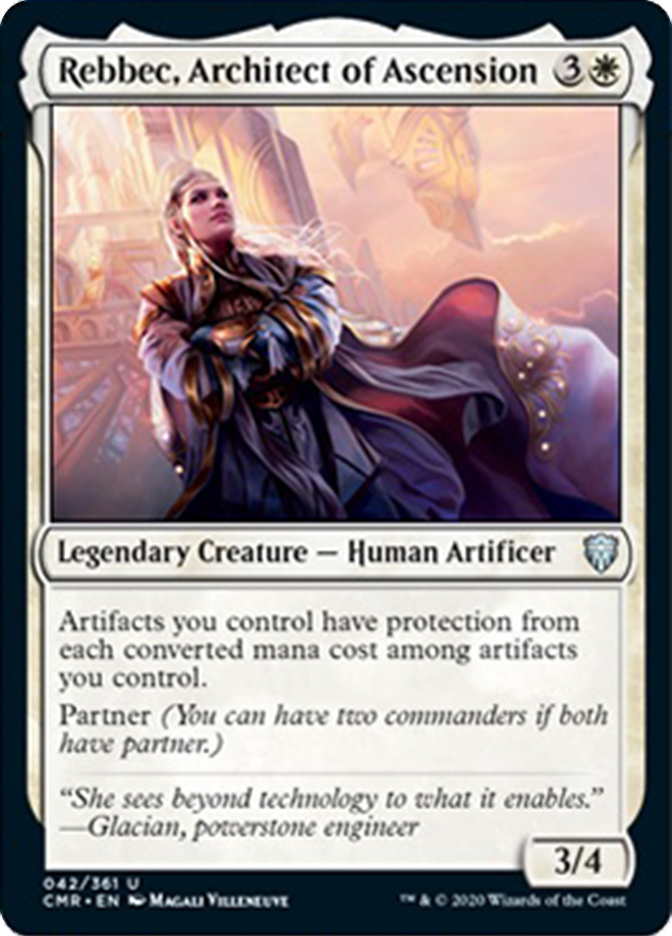Commander Legends brings a new and exciting challenge at the intersection of two beloved ways to play Magic — Commander and Booster Draft. The way this format will work is as follows.
- Each player in an eight-person pod will get three packs, just like a normal Draft. Apparently this format has been tested for less than eight players and still works fine!
- However, these packs have twenty cards, not fifteen. Each pack also contains two legendary creatures.
- You will pick two cards out of each pack, not just one.
- Like normal Draft, there is no singleton rule. You can have as many of the same card in your deck as you are able to draft.
- The minimum deck size for Commander Legends Draft decks will be 60 cards.
- All other commander rules will apply (e.g. 40 life to start the game, 21 damage from any commander is considered lethal regardless of the opponent’s life total).
Importantly, that last point means that you must draft a commander and that you can only play cards within the same color identity as that commander. The mechanic partner, which allows you to have multiple commanders as long as they have partner, helps make each color combination draftable. Otherwise, it would only be possible to draft Izzet with an Izzet legendary creature.
The Prismatic Piper takes this solution to the next level. This is a common that will never ever be included unless it is a commander to be able to play cards of a specific color. There’s nothing that would feel as bad as drafting an amazing Izzet deck and not legally being allowed to put blue cards in your deck because you didn’t have the opportunity to draft a blue legend.
Now, that’s the simple problem and I’m glad there is a clear solution that’s difficult to miss. But what other issues could come up in this novel environment?
- Being aggressive will likely be impossible with each player starting at 40 life.
- Given partner, the starting hand-size is effectively nine. This means games will not be about sheer card advantage but rather card quality.
These two observations actually create a very interesting balance on two ends of the scale. On the one hand, defensive creatures like Omenspeaker are no longer necessary to stop the potential early onslaught of Goblin Pikers. On the other hand, smoothing out draw steps to ensure higher average card quality is enticing, especially when card quality is likely dictated by specific synergies with the commanders.
In most Limited formats, a card like Omenspeaker is more impactful than a card like Opt outside of a spells-matters archetype, because the 1/3 body matters significantly for the decks that want the additional smoothing. In normal Limited, decks that contain powerful cards need to prevent early damage in order to get to the late-game.
In Commander Legends, that won’t be true. The 1/3 won’t provide anything of value because the early damage is already mitigated by a starting life total of 40. If Opt were in the set, I would expect it to play a much more important role than usual, but we get an upgrade in Preordain, which may turn out to be one of the best blue commons. Cantrips in Limited tend not to be great, but this won’t be a normal Limited format. Drawing the right pieces will be of the utmost importance, especially with 60-card decks instead of 40. Take Preordain highly.
Honestly, given everything I’ve said above, I almost believe it’s a reasonable strategy to simply ignore drafting cards less than three mana. The only problem with this would be the lack of the potential to double-spell for some form of early advantage, even though it’s unlikely a form of aggressive pressure.
That’s where the Diamonds come in. They’re going to be the only early plays that matter. In a world where everybody has excess cards and aggression isn’t feasible, the most naturally importance resource is mana. One of the nice fundamental shifts that follows from prioritizing mana rocks is that card quantity begins to matter again. In a deck with an abundance of mana rocks, Divination becomes enticing even with a nine-card starting hand. This makes Commander’s Sphere the perfect common, as it provides that additional mana boost as well as that boost in card quantity once the mana is no longer necessary.
If mana acceleration helps push card quantity back on the menu, then any cards that give you the monarch will be the best commons in their respective colors. This means that Staunch Throneguard may be the best common to first-pick. It’ll be a premium card in any deck, and make the list 100% of the time. If you haven’t played with monarch in a Limited environment, let me tell you that it’s busted – Thorn of the Black Rose is a Top 10 card in many Pauper Cubes – though I do I expect the average Commander Legends deck to be less powerful than the average Pauper Cube deck. Now, with partner facilitating an extra few cards to start the game, the extra cards from monarch are less impactful. But the potential for that endless stream of cards is still game-winning. Do not pass these cards.
Everything I’ve said so far is likely somewhat boring. Don’t draft aggressive strategies. Prioritize cards that help improve your card quality. Draft mana acceleration aggressively. Don’t pass cards that give you the monarch. These tips aren’t particularly revelatory. But there’s one question I haven’t attempted yet.
“When should you select your commander?”
Radiant, Serra Archangel and Rebbec, Architect of Ascension are two white options for commanders in the set. However, barring artifact tokens, these cards don’t even go into the same deck. If you start off a draft assuming Radiant will be your commander, you’re unlikely to be able to pivot to a deck where Rebbec is a reasonable option.
Understanding and optimizing for this balance of deckbuilding and navigation will be the hardest and most engaging part of this format. I can’t provide an explicit answer prior to playing with the set, but it’s certainly an exciting puzzle. The best recommendation I can provide is to read my article on pivoting and the preceding article on draft navigation. The answer to this question lies on the intersection between commanders, and how it is best to reasonably draft in a way to pivot between them.
I would advise on starting with “good cards” over “synergy cards” until you have solidified your commander. Once you know the effect you will have access to every single game, you can make drastically different picks according to that guaranteed synergy. But prior to that commitment, taking a card for potential synergistic reasons over flexible and powerful cards like Staunch Throneguard is likely a mistake.

